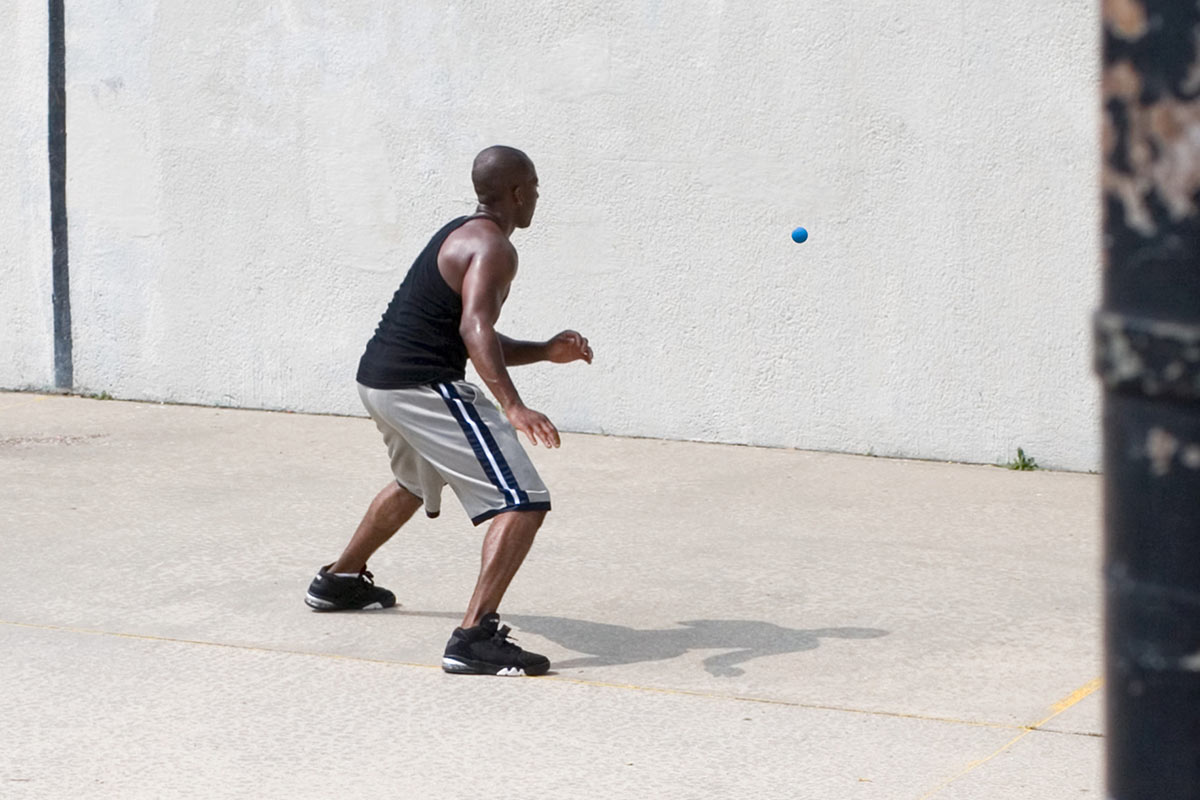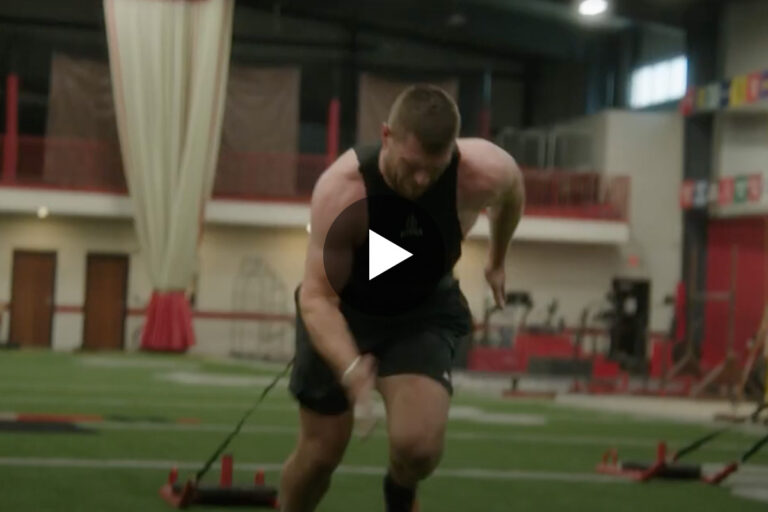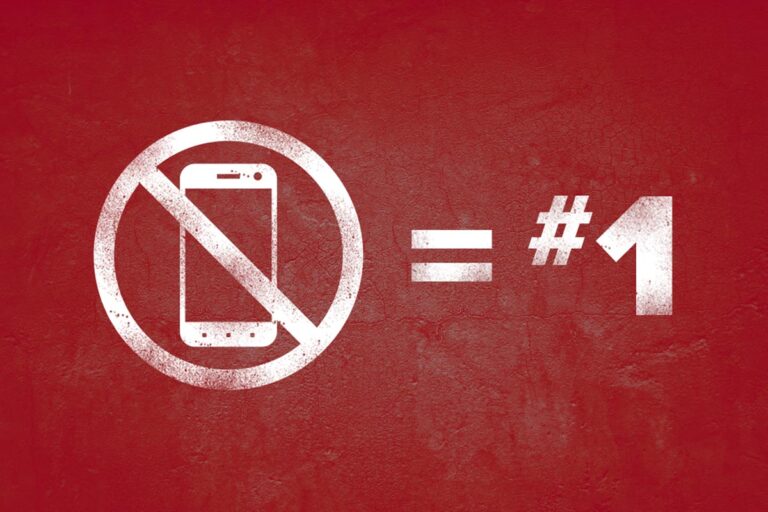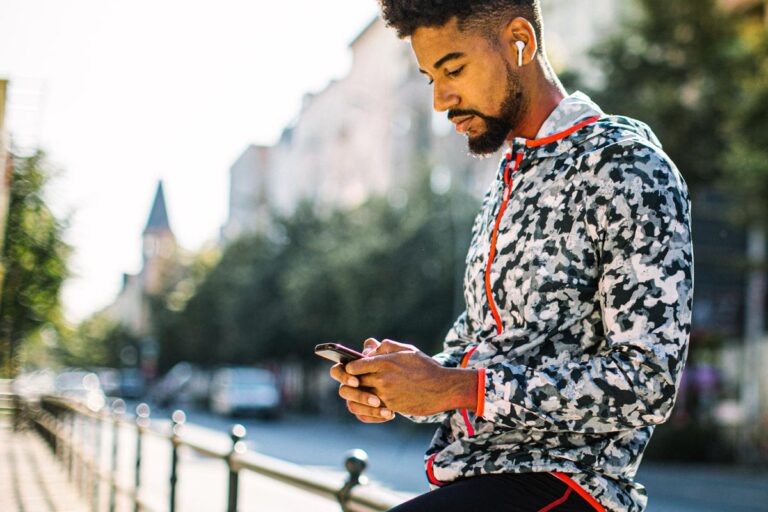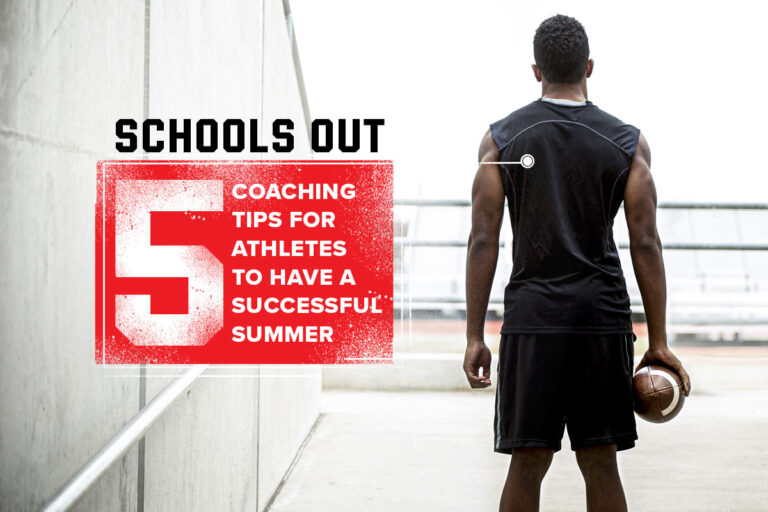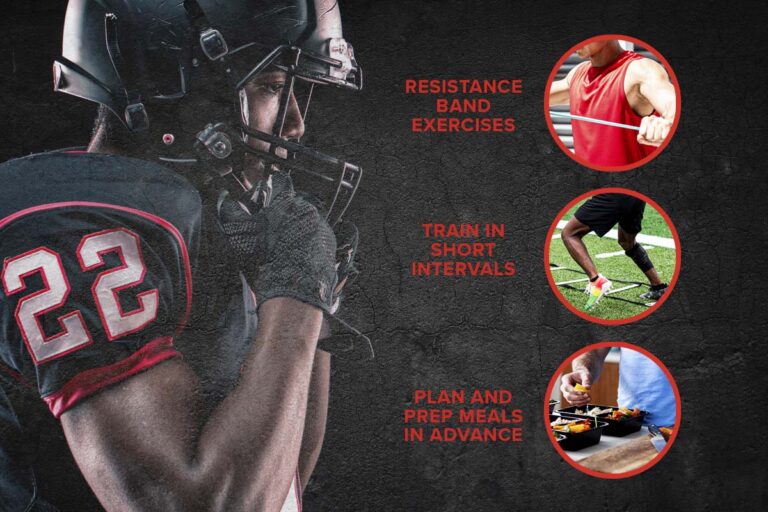A panel of experts responsible for determining the degree of difficulty for 60 sports concluded that baseball and softball were the sports with the highest degree of difficulty when it came to hand-eye coordination. That makes sense considering the amount you need to use and rely on your eyes and hands while playing baseball and softball, especially at a high level.
But those aren’t the only sports with a high degree of difficulty when it comes to hand-eye coordination, according to the experts. Table tennis (ping-pong), tennis, racquetball/squash, auto racing, team handball, ice hockey, basketball, volleyball, and fencing were the other sports (in order) that rounded out the top ten on the list.
So, if you’re looking to get better at any of those sports, it’s important to not only train your body, but also your eyes and mind. The good news is that hand-eye coordination can be taught and improved over time. Let’s take a look at 5 drills for hand-eye coordination that will help you up your game.
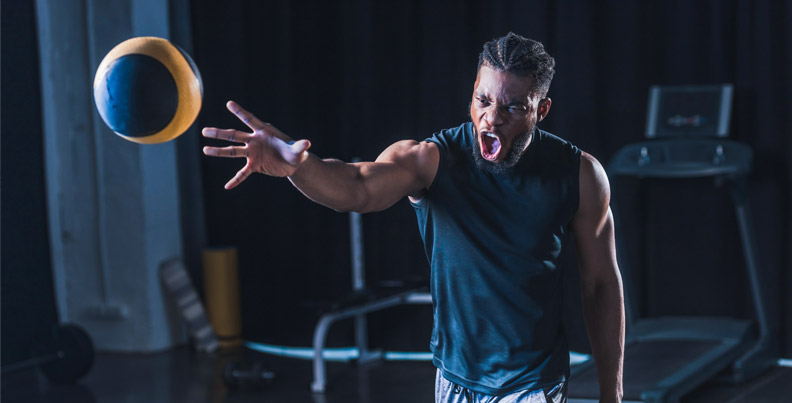
Drill #1: Playing Catch To Improve Your Central And Peripheral Vision
To improve central vision, toss a tennis ball against a wall and practice catching it with one hand, and then the other. Playing a fast-paced game of catch with a friend can also boost eye-hand skills, too.
Playing catch can also improve your peripheral vision if your partner throws balls in different directions such as over your head, or slightly to your left or right, instead of directly at you. There’s a good chance that you’ll miss more often than not when trying to catch the ball using only your peripheral vision at first, but as your brain adapts you’ll get faster and better at it.
“In sport, we’re pretty driven by our peripheral awareness, whether it’s eye-hand, eye-foot, or eye-body,” says Fraser Horn, OD, an instructor of Sports and Recreational Vision at Pacific University, Oregon, in an Outside article. “If you’re playing ice hockey and you’re aware that you’re about to get smashed into the boards, for example, you can prepare for it by shifting your body so you don’t hit so hard.”
This type of drill can also help wide receivers who need to track down balls that are often times coming at them from different directions, not just straight on. The same goes for baseball and softball players who need to make over the shoulder grabs, or even need to be aware of the base runners around them as they’re fielding the ball.
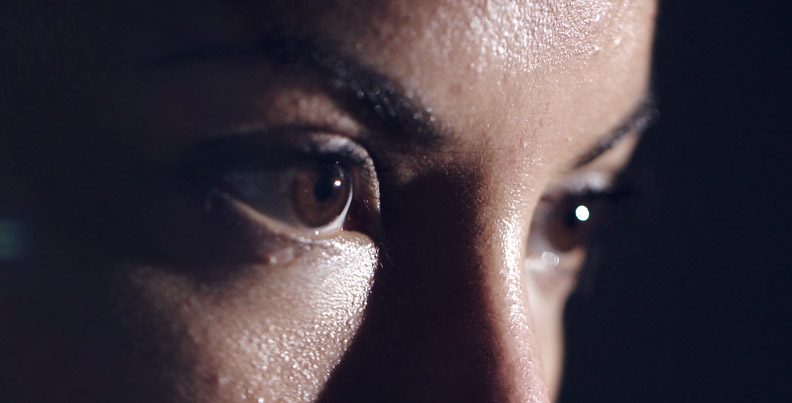
Drill #2: Near-Far Drill
To exercise your eyes, do this Near-Far Drill that will help improve your ability to switch focus quickly between things close to you and far away. Take two similarly-sized, detailed objects – like playing cards or magazines – and place one about 18 inches away from you, and the other about 10 feet away. Focus on the nearer object for five to 10 seconds, studying as many details as you can. After that, switch to the far object. Then switch back and forth for a minute or two, each time trying to notice new details.
This type of drill is perfect for quarterbacks who need to look down field and find their receivers, while facing oncoming pressure from defensive linemen. It’s also a good drill for basketball players who have to inbound the ball, or soccer players doing throw-ins to their teammates down the field with opponents right in front of them trying to distract and disrupt them in order to create a turnover.
To develop quick shifting focus skills from side to side, you can also do similar eye exercises with two objects at the same distance, one to your left and one to your right.
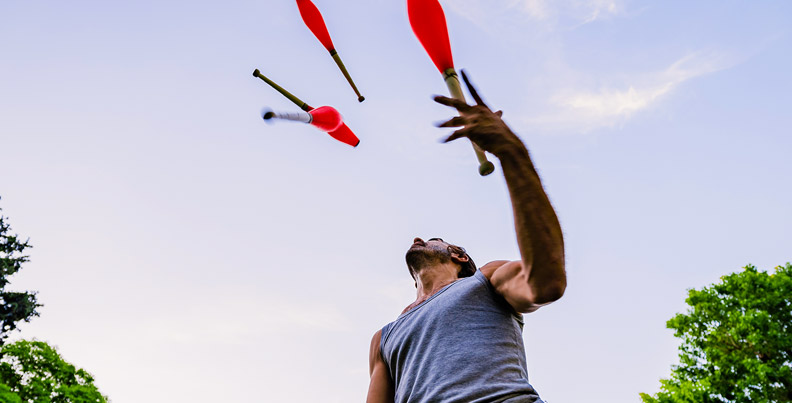
Drill #3: Juggling
If you associate juggling with the circus, you’re not alone. It also turns out that many skilled athletes juggle since it can improve hand-eye coordination and shorten response time.
“Juggling builds hand-eye coordination in ways that improve reaction time, reflexes, spatial awareness, strategic thinking, and concentration,” according to Wired. “This helps improve confidence as well as athletic ability.”
Research shows that learning to juggle accelerates the growth of neural connections related to memory, focus, movement, and vision. And juggling is something that anyone in almost any age group can learn to do, pretty much anywhere. This makes juggling an ideal hand-eye coordination drill that can be done from the comfort of your own home, without needing a partner or someone else to assist you.
Drill #4: Wall Ball Fielding
This Wall Ball Fielding Drill is a simple, but productive way to work on hand-eye coordination for baseball, softball, and most sports that involve a ball. You don’t need much for this drill other than a ball and a wall. Simply take a ball, throw it against the wall, and then try to field it cleanly.
A more advanced version of this drill involves turning around with your back to the ball, throwing the ball over your shoulder without seeing where it’s going, and then spinning around to field the ball. This will work on your reaction time too since you’ll have to react quicker not knowing where the ball is going from the start.
If you want to get friends involved and up the energy level of your eye-hand coordination drills, you can also play an actual game of wall ball.
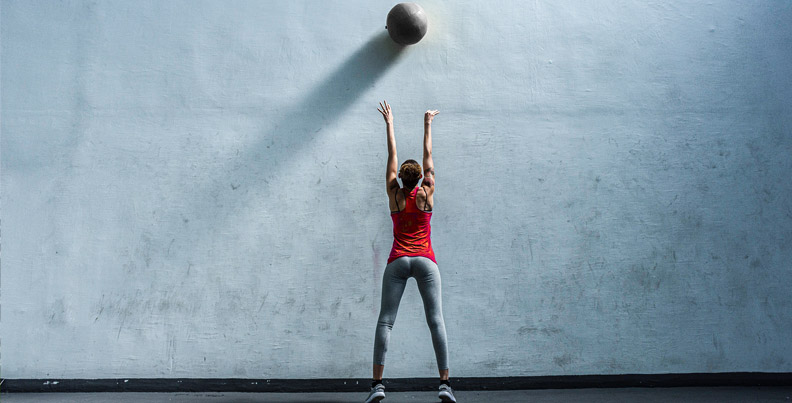
Drill #5: Medicine Ball Throw
For a specific physical workout to improve both body and hand-eye coordination, try this Medicine Ball Throw Drill. Stand with your feet open at the same width of your shoulders, with your elbows flexed and the ball in front of your chest. Then keeping your back straight, bend your knees and lower your body to the squat position, while looking forward. Push on your heels to stand up and throw the ball up in the air. Catch the ball and pull it into your chest, following the movement by returning to the squat position. Then repeat this exercise.
You can do this drill alone by throwing the medicine ball to yourself, or with a partner by throwing the medicine ball to one another. You may also want to throw the medicine ball in different directions like upwards, or against a wall, or to your training partner’s side.
